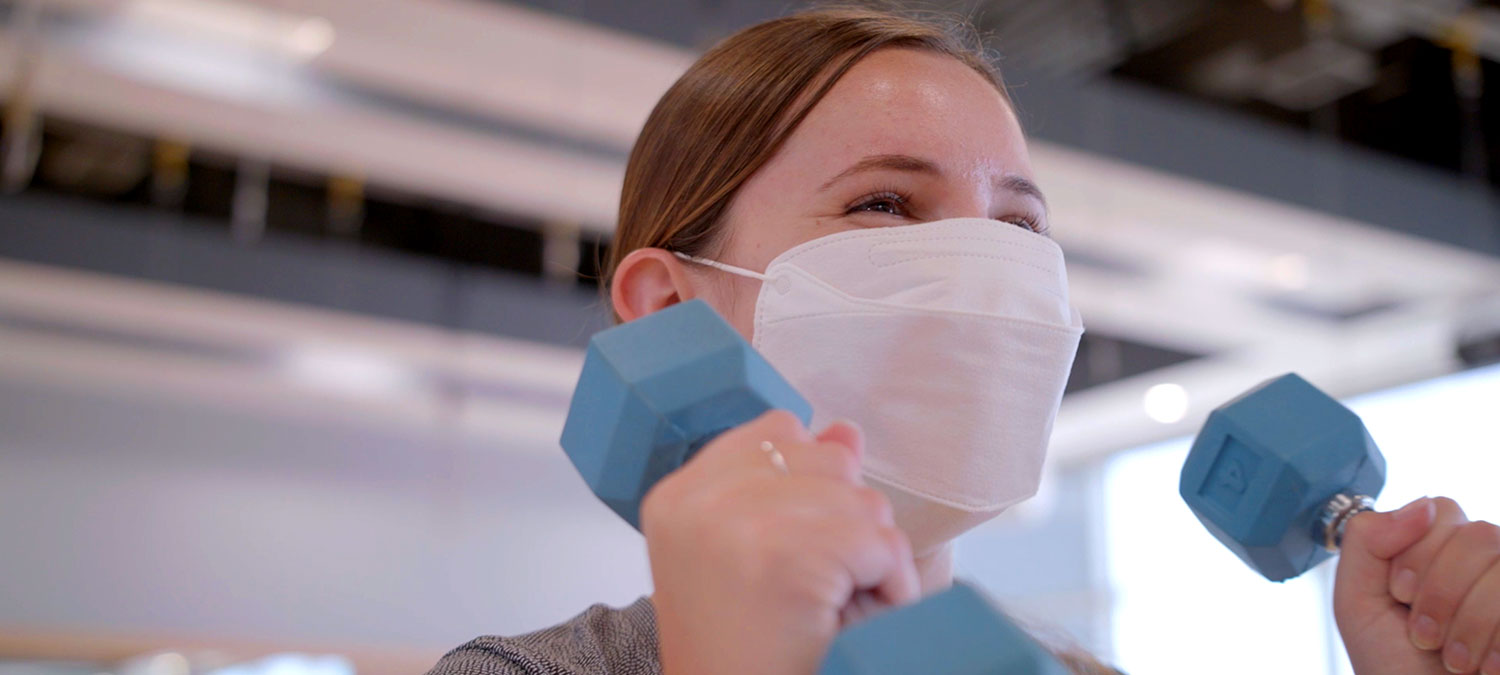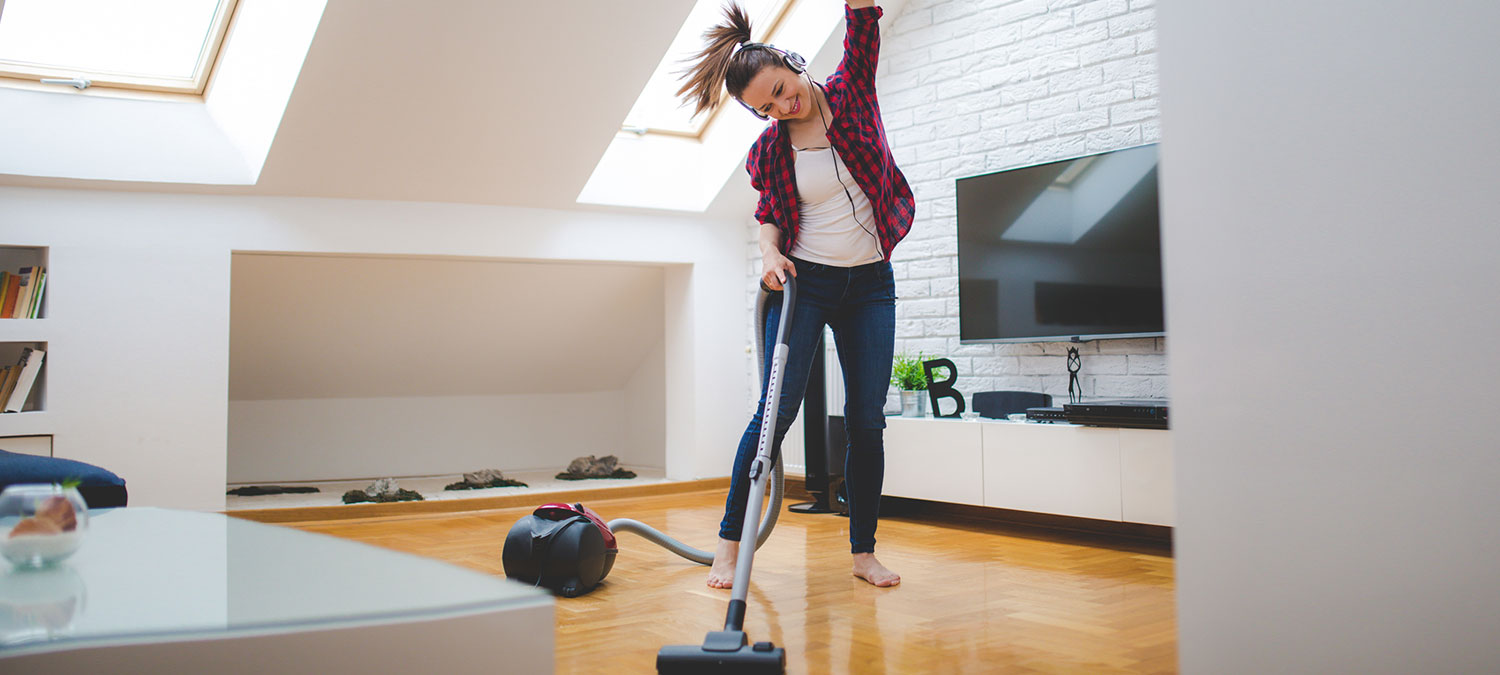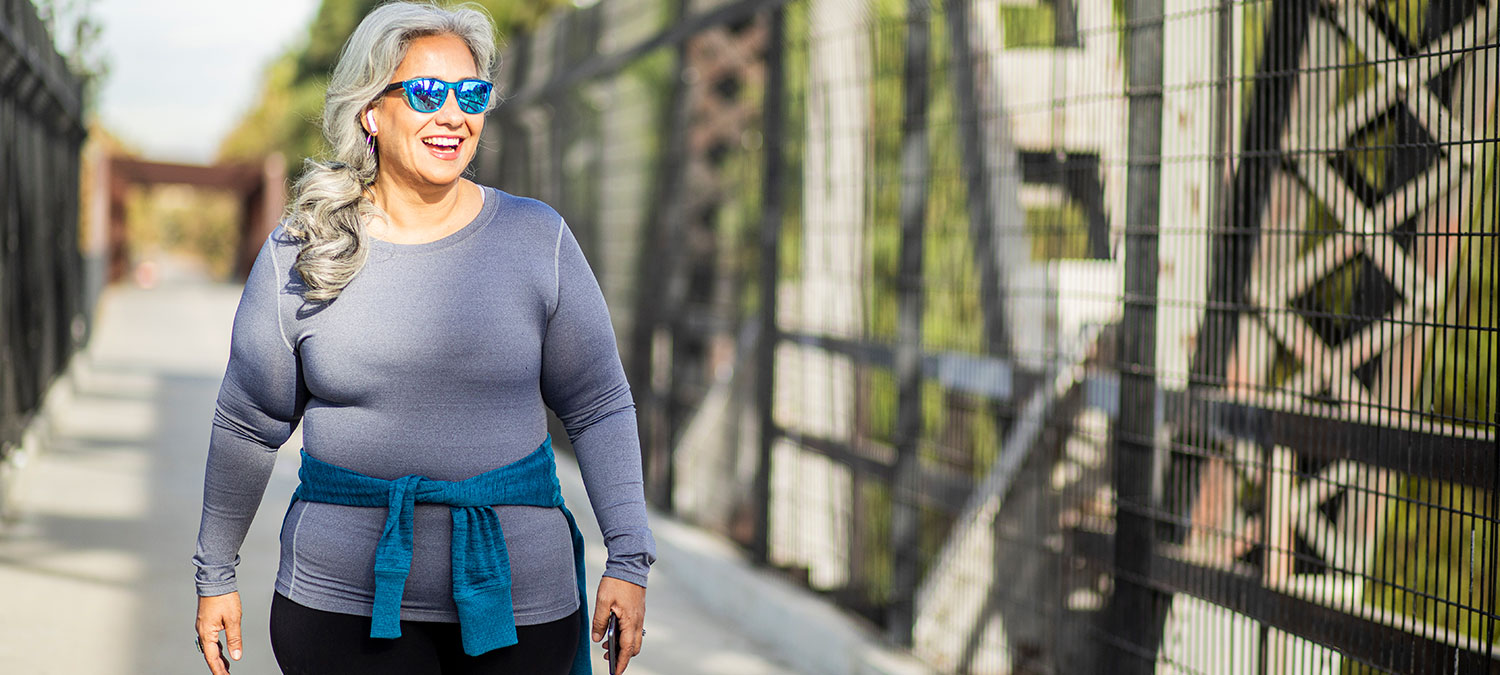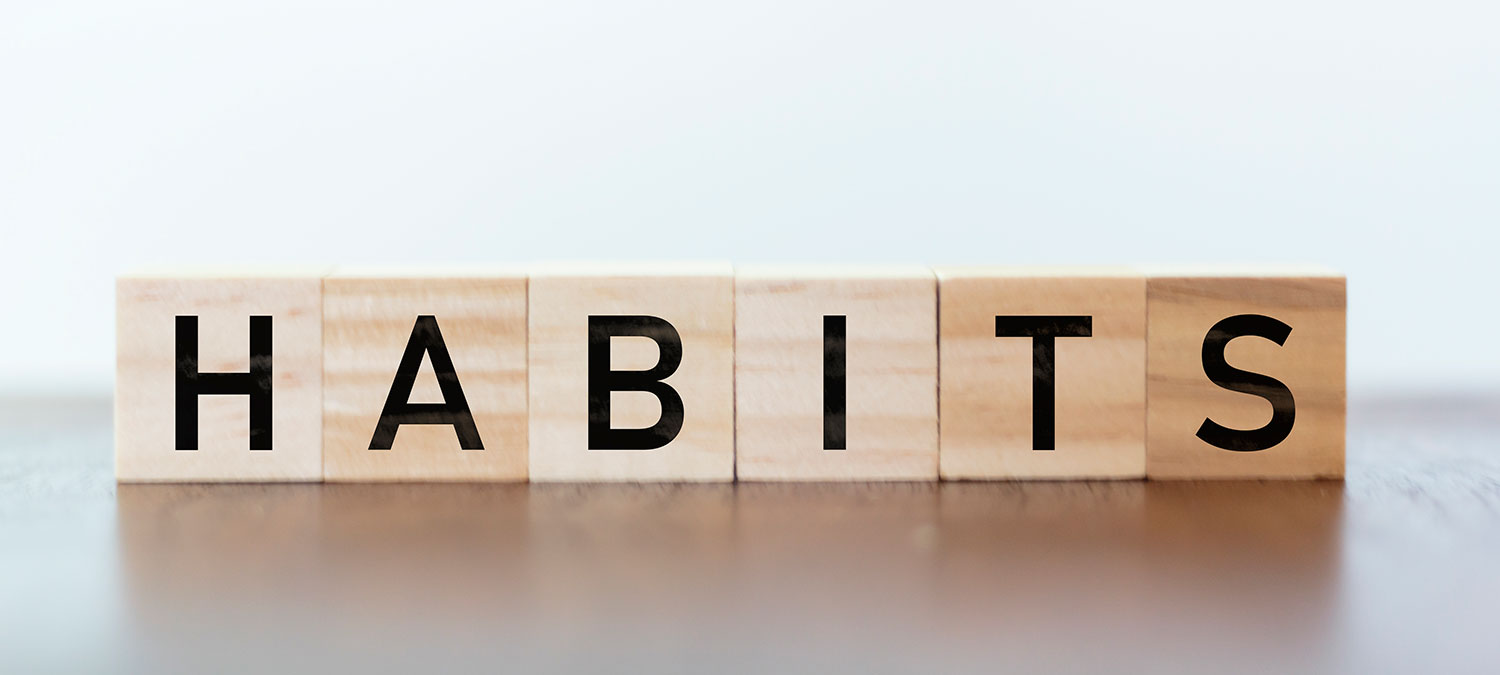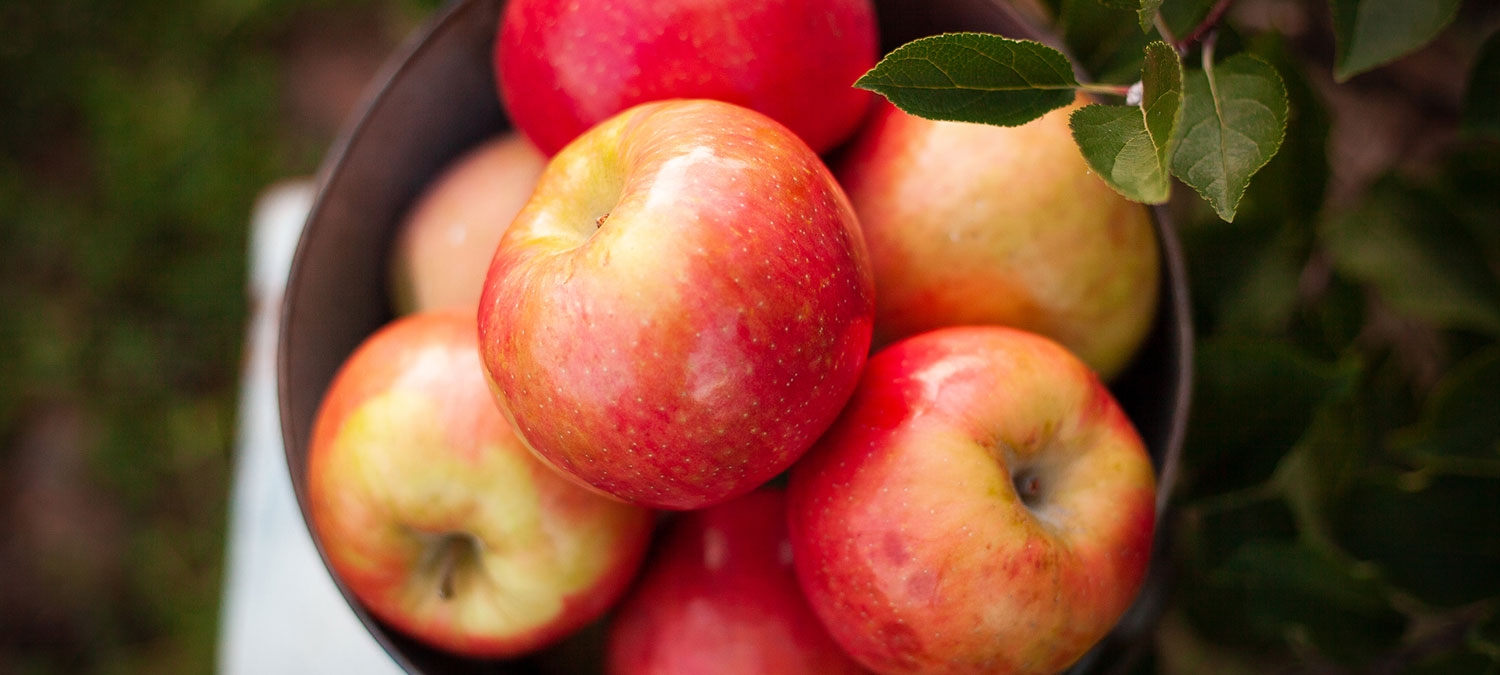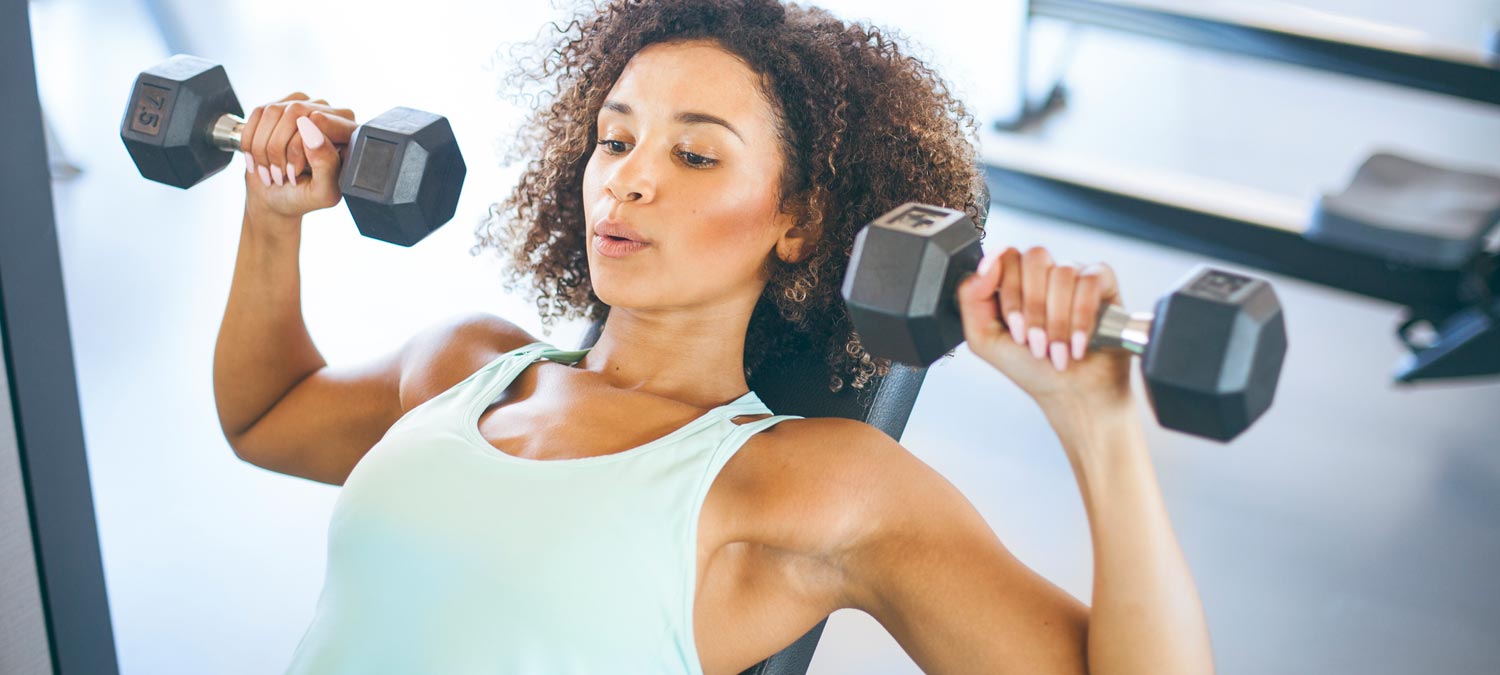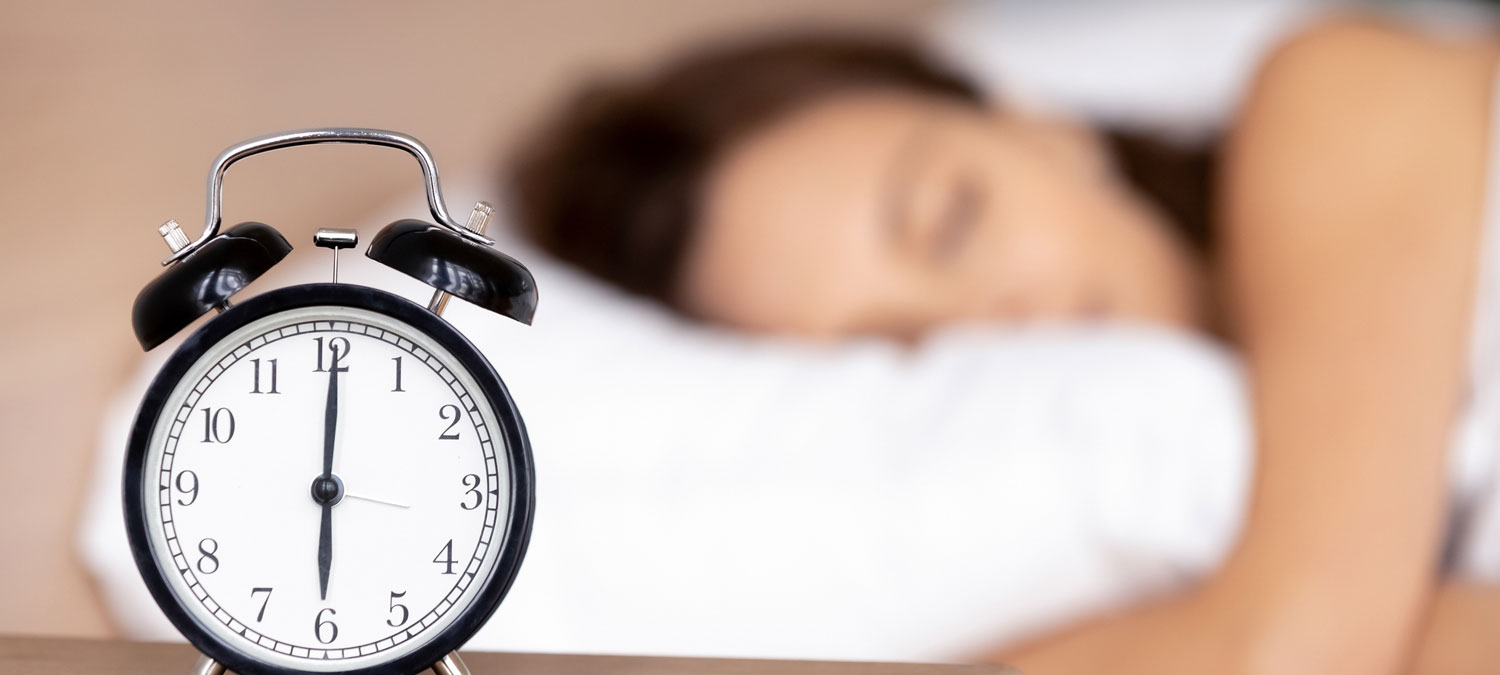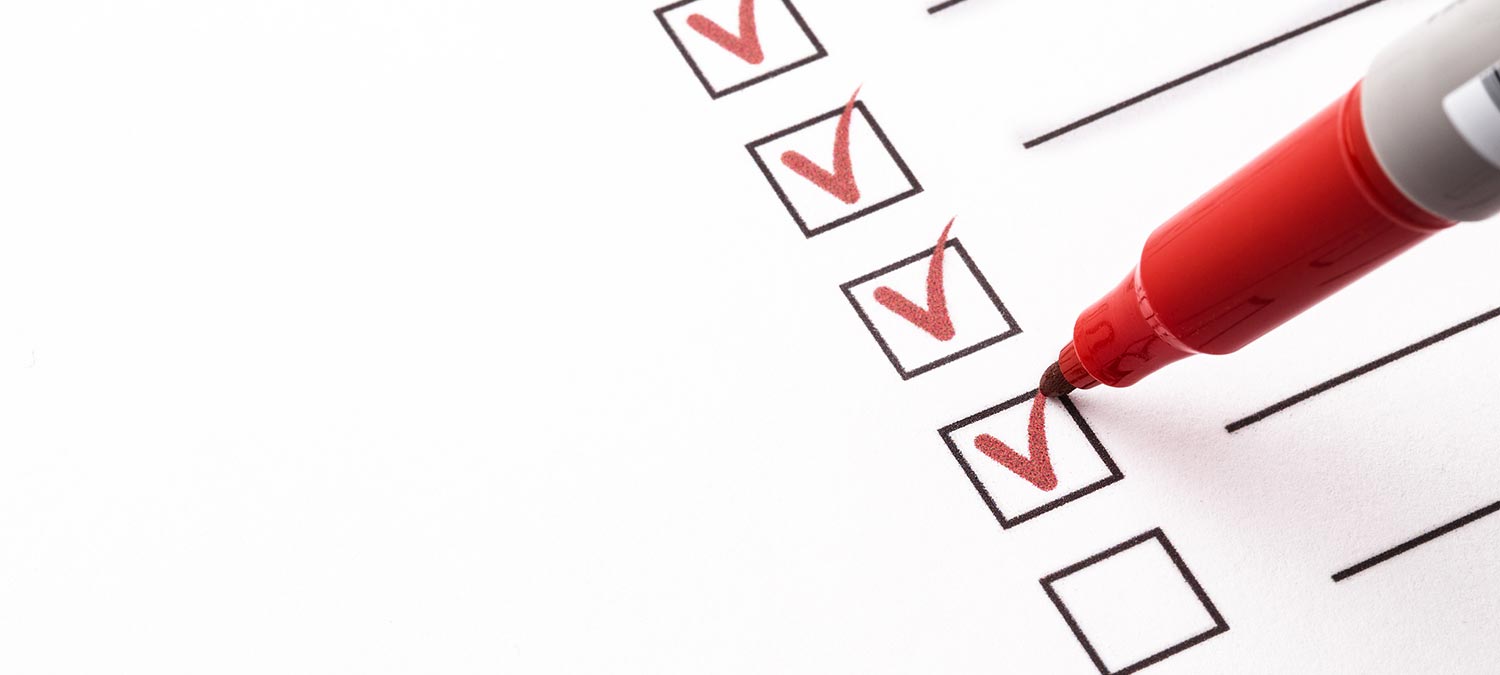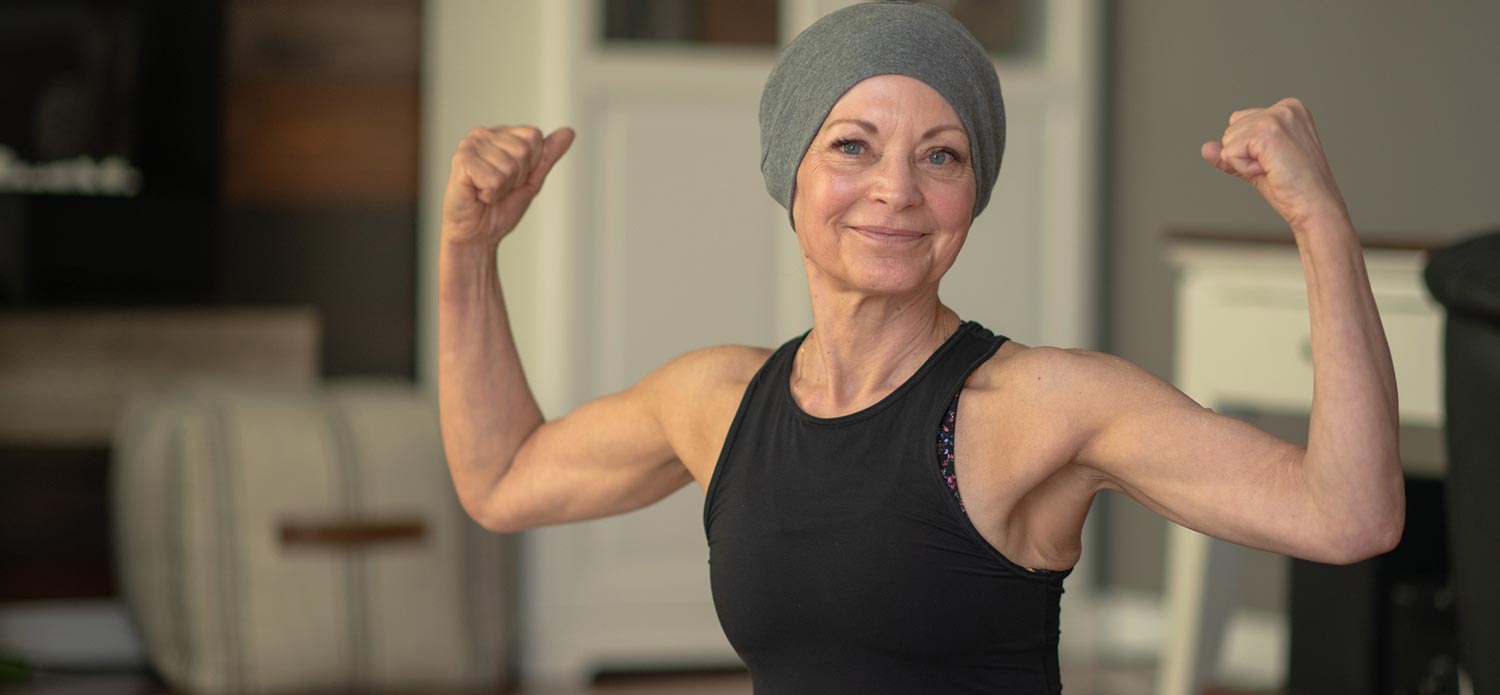For some, 2020 has been about developing healthy habits while for others it may have been a year to pause and take some time to focus on other areas of their life. With the gift giving season just around the corner you may want to surprise your loved ones with a gift to align with their goals.
Fitness Journal or Activity Tracker
2020 has been the year of shifting priorities, but even if their gym is closed or they are not attending as often, there are many ways to still stay accountable to healthy living. You can pick out a nice journal for logging exercises, water intake, mindfulness practices and so much more! It’s a great reflective tool for anyone wanting to spend more time focusing on themselves.
Alternatively, if budget allows, an activity tracker can be a motivational tool to get generally sedentary people to start moving around and walking in their day. As the weather gets colder and we continue to stay home, this may be the perfect gift for anyone in your life!
Virtual Personal Training Sessions
If your gift recipient is a MOVATI member currently staying at home and wanting that extra push, our personal training teams are offering virtual sessions! Get all the benefits of personal training from the comfort of your own home. They can be sure to start the year off on the right foot by staying active and supporting their immune system into 2021.
Virtual Personal Training is now only $239 for 4 sessions, for more details visit: https://movatiathletic.com/live-classes/online-training/
A meal from a local restaurant
Nothing says I appreciate you like a nice warm meal especially for your super active family and friends. The 2020 closures have also likely affected your favourite local restaurant, so why not gift a meal to someone while also giving the gift of business to someone who may be struggling to stay open.
Even if you’re distancing yourself you can always order a meal through a delivery app to arrive right at their door!
This holiday season may be a little different than usual, but we can still express our love and gratitude in different ways and with small tokens of appreciation or gifts to help them reach their goals.
We hope everyone ends the year with a positive mindset and continues to do everything they can to stay healthy and safe throughout!

